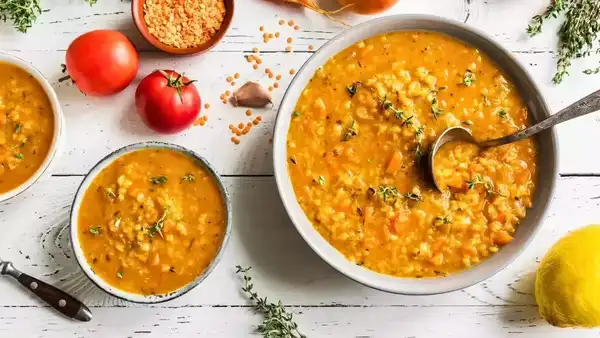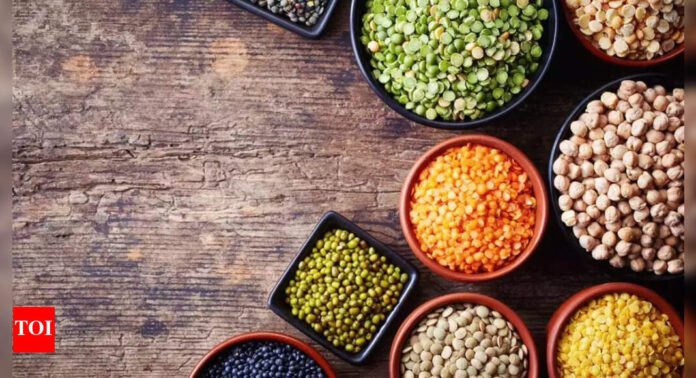Discover the Power of Pulses: The Affordable Superfood in Your Kitchen
You want to eat healthy, but the high cost of superfoods can be a barrier. What if the real superfoods are affordable and sitting right on your grocery store’s bottom shelf? Meet pulses—the humble, nutrient-rich ingredients that can transform your health, save you money, and even help the planet.
Pulses: The Ultimate Ingredient for Health and Savings
Pulses have been a staple in households worldwide for generations. They include:
- Lentils
- Chickpeas
- Kidney beans
- Split peas
- Black beans and pinto beans
These foods are not just trendy; they are filling, affordable, and healing. Modern science confirms what many cultures have known all along: pulses are nutritional powerhouses.
Pulses are naturally low in fat and cholesterol-free. They are rich in plant-based protein. A single cup of cooked lentils has as much protein as three eggs—without the saturated fat and cholesterol. They are also packed with:
- Dietary fiber
- Iron, potassium, and magnesium
- B vitamins, especially folate
- Resistant starch, which supports gut health
Most Americans eat only half a cup of pulses per week. The recommended minimum is half a cup per day. This is far too little, according to experts.
Health Benefits of Pulses

Eating just half a cup of cooked pulses daily can improve:
- Heart health
- Blood pressure
- Blood sugar control
- Cholesterol levels
- Body weight and waist size
The fiber content in pulses, especially resistant starch, is a key reason for these benefits. This starch feeds beneficial gut bacteria, which then produce short-chain fatty acids. These acids lower inflammation, strengthen immunity, and improve digestive health.
Pulses and Digestion: Tips to Avoid Bloating
Some people may experience mild bloating or gas when they first introduce pulses into their diet. These symptoms are temporary. Here are some tips to help:
- Start small—begin with ¼ cup daily and gradually increase
- Rinse canned beans well
- Drink plenty of water to help your digestive system adapt
Why Pulses Are the Smart Choice in a Time of Rising Food Prices
With food prices rising, pulses stand out as an affordable protein source. A pound of dried beans costs about $1.70—far less than ground beef, chicken, or even a dozen eggs. Pulses are not just affordable; they are also eco-friendly:
- Lower carbon footprint than meat
- Require less water to grow
- Enrich the soil naturally, reducing the need for synthetic fertilizers
Eating more pulses is a simple way to lower your environmental impact without sacrificing nutrition.
Simple Ways to Add Pulses to Your Meals
You don’t need to change your entire diet to enjoy the benefits of pulses. Here are some easy ways to include them in your daily meals:
- Add black beans to scrambled eggs or breakfast burritos
- Swap mayo for hummus on sandwiches
- Mix white beans into tuna or chicken salad
- Toss lentils into your favorite green salad
- Stir kidney beans into your pasta sauces
- Blend mashed beans into soups or chili for a creamy texture
- Replace part of the ground meat in tacos or burgers with cooked lentils
Pulses are incredibly versatile and can be used in various cuisines—whether you love Mexican, Indian, Mediterranean, or fusion cooking.
Pulses: The Simple, Budget-Friendly Superfood Your Plate Is Missing
In a world where wellness often seems tied to expensive trends, pulses are a rare exception. They are:
- Good for your health
- Easy on your budget
- Beneficial for the environment
Just add half a cup of pulses to your plate. Your body, wallet, and the planet will thank you.



